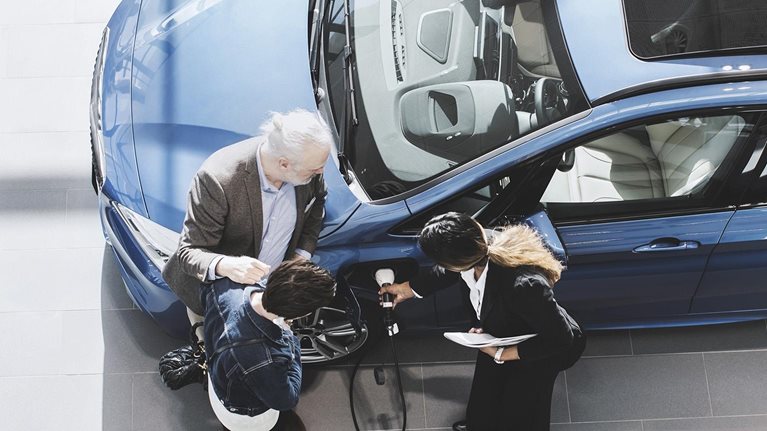In a previous article, we noted that almost 70 percent of respondents in our Mobility Ownership Consumer Survey, conducted by the McKinsey Center for Future Mobility in July 2021, stated they would use micromobility for their daily commute. Of these, 12 percent said that they would use e-kickscooters as their preferred vehicle type. Since commuting represents a large proportion of daily micromobility use, we decided to focus on such trips for e-kickscooters in this article and analyze the preferred ownership types.
First, some background. E-kickscooters became very popular in the United States in 2018 after the first sharing service launched in California the previous year. In Europe, these services began to soar in 2019. This growth has helped turn e-kickscooters into a global phenomenon.
Questions remain, however, about how well e-kickscooters will fare in the shared-mobility market. While some companies may rely on station-based or free-floating sharing services to penetrate new markets quickly, our survey revealed that only 6 percent of respondents preferred this model for e-kickscooters.
Of those respondents willing to use e-kickscooters for their commute, most—64 percent—said that they would prefer private ownership (exhibit).1 Another 23 percent preferred either operational leasing or subscription, the service models that lie between sharing and ownership. Taken together, this means that 87 percent of respondents preferred a form of private ownership. Only 13 percent of respondents preferred sharing services—a category that includes peer-to-peer, station-based, and free-floating services.

Respondents who preferred private ownership had different reasons for their views. For instance, 33 percent stated that they did not want to share a vehicle with others, and 32 percent wanted the flexibility to carry their vehicle onto a subway or bus. Interestingly, 22 percent of respondents stated that they decided to purchase a private e-kickscooter after trying one out in a sharing service.
For manufacturers, the growing popularity of privately owned e-kickscooters presents a mixed opportunity. On the one hand, because these vehicles will generally experience less wear and tear than shared e-kickscooters will, their average lifetime will likely be longer, which could reduce overall sales. On the other hand, some private owners will want higher-quality models than shared vehicles, which could help increase margins. To win in this potentially lucrative market, manufacturers should consider increasing their focus on B2C sales through dealers and other channels. They could also consider offering subscription-based services, which would provide users with an option between owning and renting.
Would you like to learn more about the McKinsey Center for Future Mobility?
Shared-mobility providers also will face challenges as private ownership takes off. Their original business model will still be valuable if they want to enter new markets, since it allows them to drive uptake rapidly, but they should also consider subscription or leasing services. In addition to attracting customers who want some form of ownership, these models would create a stream of recurring revenue. Some shared-mobility providers may also sell private e-kickscooters. Finally, de-fleeted e-kickscooters (previously shared models that are transitioned for private ownership) could have a higher residual value because more people are willing to buy one. Providers, which often discard old e-kickscooters, could instead sell them in the second market and reinvest some of the proceeds into building a higher-quality fleet.
Public-transit operators will not necessarily see service fall as e-kickscooters gain ground, but they should consider making some adjustments to accommodate this trend. By providing a dedicated space in buses or trains to store private vehicles, for example, operators could retain more travelers and potentially increase their customer base. Likewise, employers could provide locations for e-kickscooter storage and charging to help their employees and encourage more sustainable transportation options. They could even provide employees with e-kickscooters, in combination with bus tickets, to complement the use of company cars.


